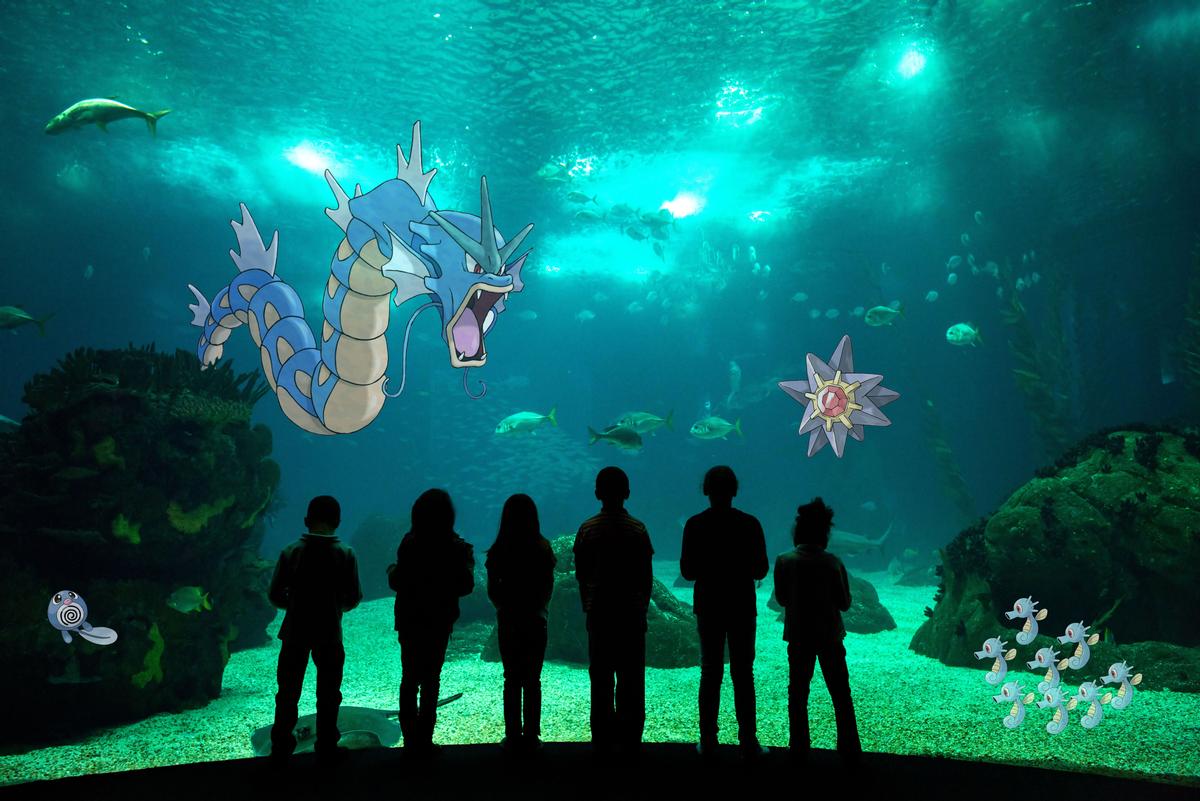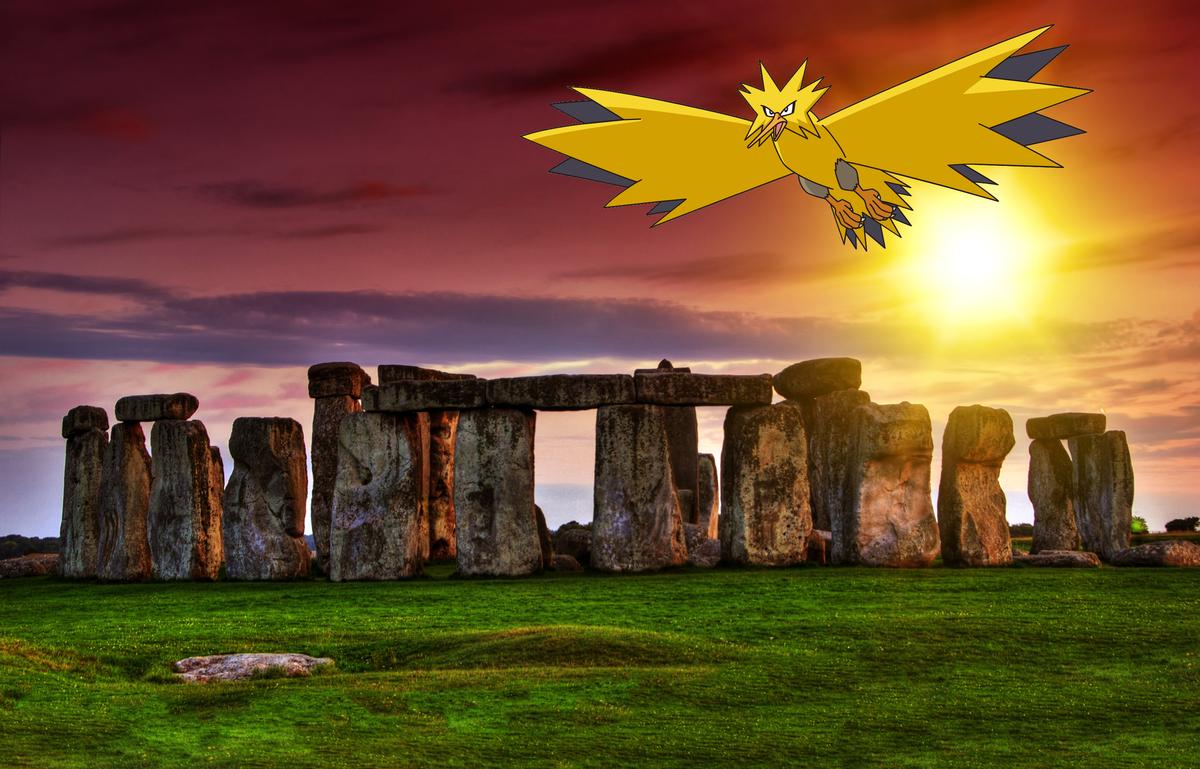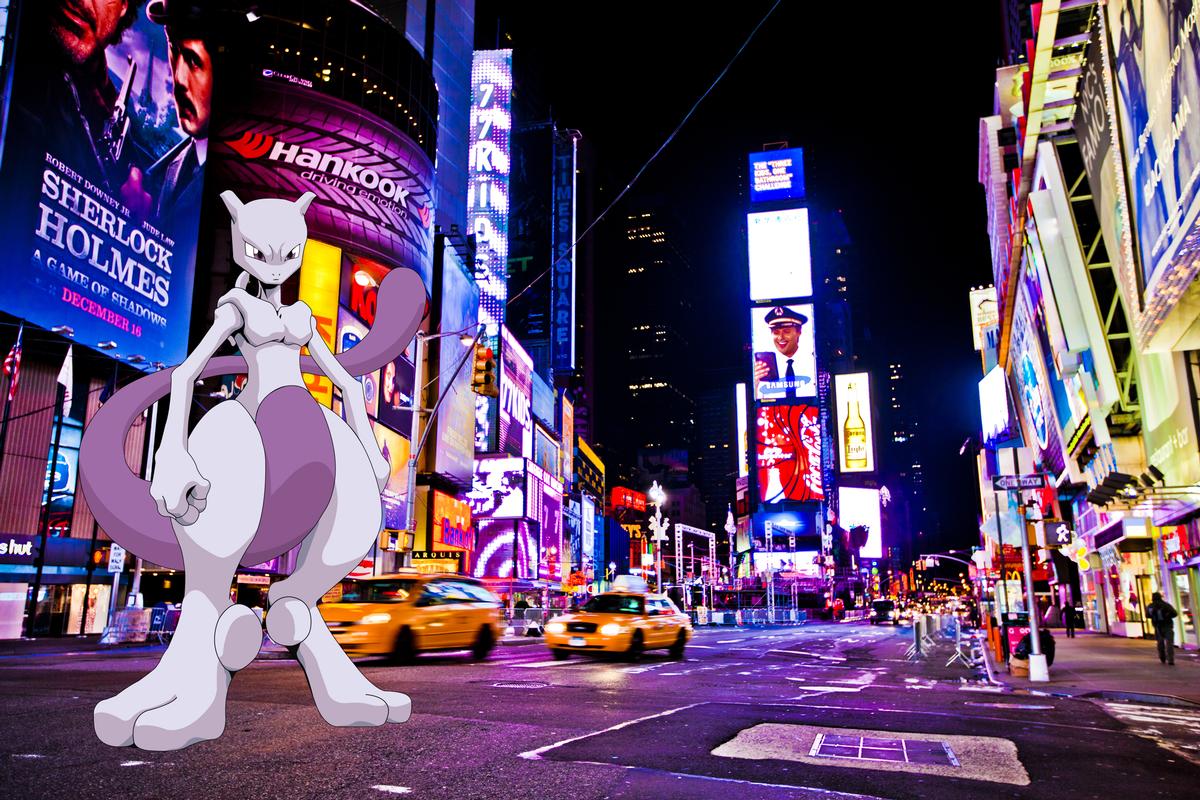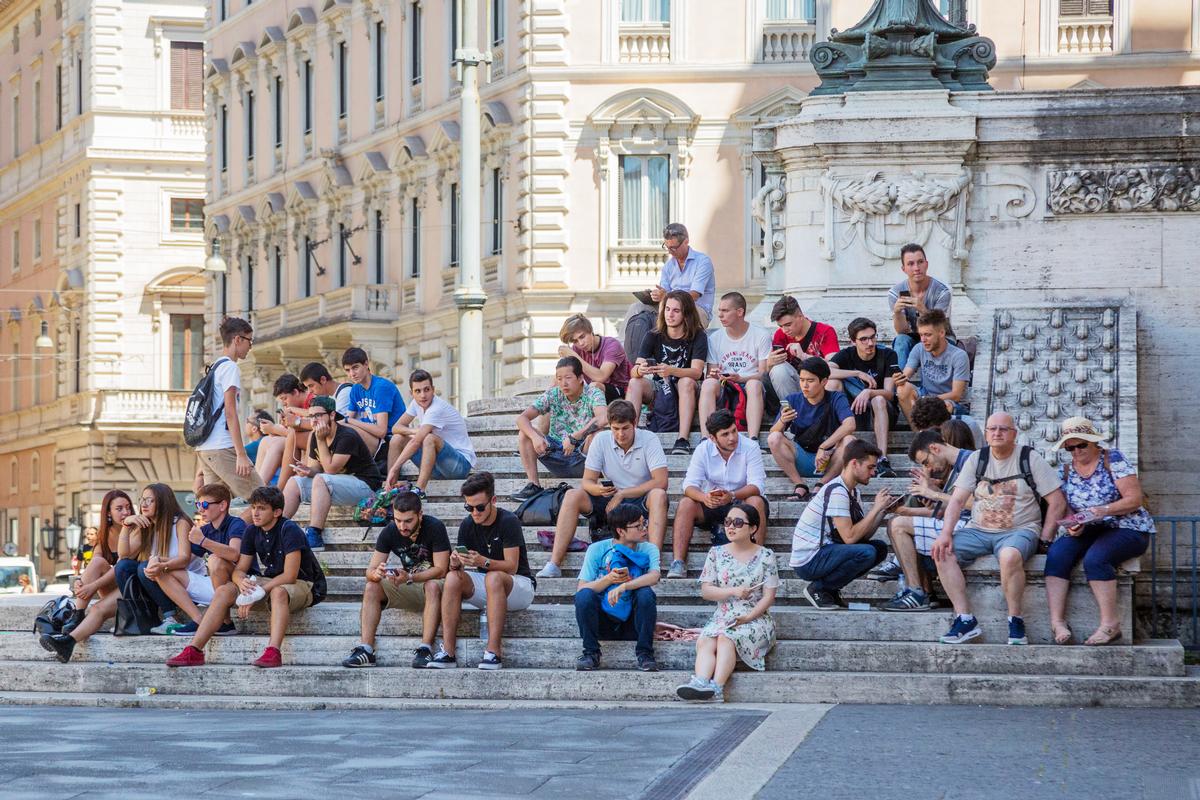
|
|
|
PRODUCT NEWS
 |
| Pokéttractions Management: What are the pros and cons of Pokémon Go for your visitor attraction? |
 |
| 14 Aug 2016 . BY Tom Anstey |

|
|
|
 |

|
 |
| Special Pokémon Go days held by attractions are drawing visitors in their thousands / Shutterstock |
 |
You’ve probably seen it, large groups of people wandering seemingly aimlessly around your city or town, heads buried in their phone with a vacant expression on their face.
Initially there was public confusion with these groups mistaken for anything from drug dealers to teenage gangs. But what’s really happening is quite astonishing – the advent of augmented reality and the arrival of Pokémon Go.
Capturing the hearts, minds and eyeballs of the millennial generation, the game– first released in February 1996 – turns what was originally a pixelated adventure on the Game Boy handheld console into an adventure that quite literally is playable all over the world – the canvas for the first-of-its-kind Pokémon adventure.
In just a matter of weeks, people who preferred to sit on the sofa playing videogames have taken the game with them into the big wide world, dramatically increasing outdoor activity and actively seeking out special landmarks and heritage sites in their quest to ‘Catch Em All’.
Pay day
The success of Pokémon Go is unprecedented. In less than 30 days, the game passed 100 million downloads and US$160m (€143.5m, £121.7m) in revenue, surpassing Twitter on active users and Facebook on engagement. In the space of two weeks the valuation of Nintendo more than doubled and the company briefly overtook rival Sony in terms of share value. That was before even launching in Japan, the home of Pokémon. The game is currently available in more than 30 countries thanks to a steady rollout across Europe and is generating around US$10m (€9m, £7.6m) a day from its pool of users through in-game purchases.
Mind the gap
While the game has been widely recognised as a roaring success, there have been a couple of bumps in the road to world domination. The popularity of the game has caused the servers to collapse multiple times, while reports of injuries caused by careless users have also surfaced in recent weeks.
One of the game’s flaws, when it comes to appropriateness and taste, is the location of some of its ‘Gyms’ and ‘Pokéstops’. Based on heritage landmarks, museums and other significant locations, the game has had to deal with some uncomfortable situations, such as the poisonous Koffing pokémon spawning at Pokéstops inside Washington’s Holocaust Museum and Pokémon appearing at Auschwitz-Birkenau – the site where approximately 1.1 million people were murdered during World War Two.
Just a day after the game’s launch in Japan, many of the country’s most popular tourist attractions urged caution about playing the game or put a halt to it altogether. One such example was the Izumo-taisha shrine, considered the second most sacred site in Japan, which banned the use of Pokémon Go within its premises to preserve the “solemn” atmosphere of the sanctuary. Safety in some attractions is also a concern, with Himeji Castle, Japan’s best preserved feudal fortress, placing signs around its grounds urging visitors not to play while walking through the complex through, with castle representatives fearful of visitors risking injury by entering restricted or dangerous parts of the historic location.
Japan’s government has also become involved such has been the excitement among players, with the nation’s leaders launching a campaign promoting safe use of the game. The government also had to ask Niantic – the game’s creators – for the Fukushima nuclear exclusion zone to be classified as a no-go area for Pokémon after the discovery of at least one of the game’s characters on the power station’s site.
Such a large and expansive game is a trial and error process and Niantic says that for those who don’t want the attention, they’ll be working on removing certain locations to stay respectful of the real world.
An augmented evolution
Virtual reality is dead and Pokémon Go killed it. That’s the opinion of some tech leaders, who have called the augmented reality tech a “watershed moment in technology history”.
If Pokémon Go turns out to be more than a fad and the dawn of the augmented reality era, it poses questions for technology companies as products previously confined to the home or the device become more prominent in relation to public space. The success of Pokémon Go is sure to inspire imitators who must try to address the issues Niantic is still struggling with. When companies such as Google and Facebook start to blur the worlds of virtual and physical, as they plan to, they will have to take a responsible approach to the physical environments in which their technologies operate – something that could be achieved with the dawn of the smart city – in which technology almost self-governs city infrastructure.
The attractions angle
For the attractions industry, the potential of Pokémon Go and the games that will be inevitably spawned by its existence is huge. Already operators from every sector within the industry have experienced increased visitor numbers with people up and about who might have opted to stay indoors otherwise. Many of these operators are being proactive, using the game to draw in customers, hosting what have become known as “lure parties” – events where lures are put down in-game to attract more Pokémon – and are hosting Pokémon-themed events in an attempt to get a slice of the Poké-pie.
English Heritage is one example of a body which has fully-embraced the spirit of the game, which is linked to cultural and heritage locations for its Pokéstops and Gyms.
Creating a guide, which covers more than 400 sites across Britain, English Heritage has urged players to bring a battery pack owing to the lack of power sources at most of its sites, stay focused so as not to get injured, avoid accessing areas not open to the public, let the on-site teams know if they can’t reach a location and, embracing the theme of heritage, take tips from history, comparing Pokémon battles to those from real-life battles dating back hundreds of years.
Some have underestimated the popularity of the game however, with Bristol Zoo forced to close its doors after promoting a Pokémon Go event that attracted more than 2,000 people, reaching capacity within 30 minutes of opening. The zoo, which raised around £6,000 with a £3 donation per entry, held a second event for those who didn’t make it in, with fans queuing up for a reported four hours.
With visitor attractions all over the world using Pokémon Go to entice would-be customers to their various offerings, Pennsylvania’s Da Vinci Science Center put a spin on the game, using it as an education tool to teach guests about the science behind its workings.
On the back of increased attention from Pokémon Go players, the institution held its very first Pokémon Go Day in which educators from the science centre offered hands-on scientific activities explaining the game’s mechanics, held Pokémon exhibit scavenger hunts and offered an opportunity for young people to play the game in a friendly environment.
With it being impossible to escape the Pokémon Go phenomenon, SeaWorld got in on the act, going out of its way to accommodate players pursuing Pokémon glory, hosting a lure event and becoming the first major destination in Orlando to do so.
During the event, pass holders were offered early access, giving them the ability to explore a significantly quieter SeaWorld while visiting the park’s 50 Pokéstops.
“It’s a very organic thing that’s happened,” says SeaWorld CEO Joel Manby. “We launched something over the weekend where we told our customers to come to our parks for a Pokémon Go experience. We had a really good weekend with it. We jumped on it, it’s a great idea and it has a lot of potential.”
Should you stay or should you Go?
While Pokémon Go has some issues that need to be fine-tuned, it’s certainly proving to be popular, capturing a nostalgic audience’s attention, turning the much beloved game once confined to a Game Boy to something that can be played all over the world.
So is it a fad or is it the next big thing? Either way – taste and common sense permitting – attractions operators should be jumping on the popularity of the game, which is gaining more and more traction every day.


Niantic previously said that very rare Pokémon will appear in special events at certain locations / Credit: Shutterstock


As the game’s popularity increases, so do reports of injuries caused by careless users / Credit: Shutterstock


Pokémon locations sometimes lack taste, here seen at the A-Bomb Dome in Hiroshima


A crowd of players seen playing Pokémon Go after an in-game lure is set down
|
 |
|
|
|
 |
|
 |
 |
 |
|
|
|
| PRODUCT NEWS |
 |
|
 |
|
 |
|
 |
ESPA

Founded in 1992 by Susan Harmsworth, ESPA combines the conceptualisation, development and management [more...] |

|
 |

|
my Blend

my Blend launched in 2022. Operating our own Maison my Blend spa, we understand the needs of our par [more...] |

|
 |

|
|
|
 |


 |
 |
| DIARY |
|
|
|

|